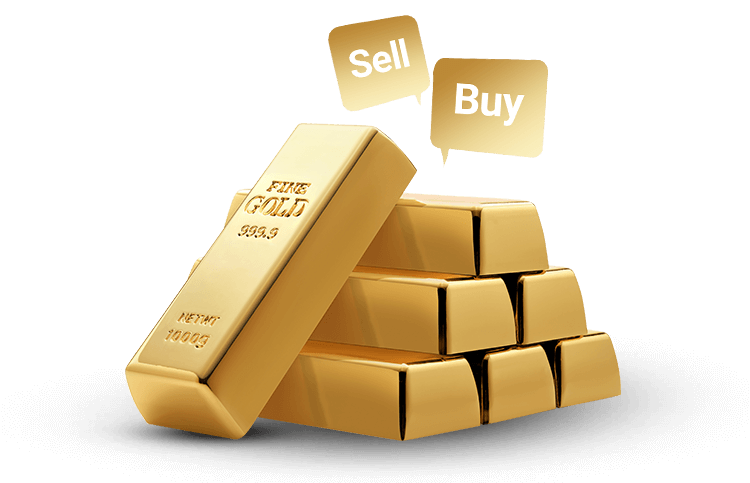What Makes Gold Popular Amongst Commodity Traders?
Gold has historically been referred to as a ‘Safe Haven’ or ‘Store of Value’ asset which is a safe place for investors to ‘store’ their cash during times of instability or uncertainty.
Adored for thousands of years, Gold, a precious metal, has historically been used for industry, beauty, and most importantly, trade. This is true through today where it powers trade amongst individual traders, up to the world’s central banks.
With Gold being an internationally recognized commodity throughout history, it is no wonder that it has remained a popular commodity amongst traders until today.

Gold’s popularity amongst Traders
Gold’s popularity can be traced far back to ancient Egypt and beyond. Rare coins and jewelry have contained this precious metal, praised for its beauty and proof of sophisticated trade systems.
Up until the 1970’s the USD was on a system called the Gold Standard. This meant that each ounce of gold was given a USD value that was directly connected to the dollar. This meant that for every dollar that was in circulation, the US mint had to have stored gold in order to print it. If printing exceeded the amount of gold that was available, it would lead to inflation.
This system was abandoned in 1973 to make way for a more modern system of banking and trading. At this point, gold began having its independent valuation dictated by supply and demand, not governmental agencies.
Gold’s relation to global currencies
Gold is generally viewed as a store of value that has retained its worth over time, despite economic booms and busts. Larger economies like the US, UK, Euro zone, and China still hold large gold reserves, even though the commodity is not directly tied to the currency's value.
In order for these currencies to retain their value, central banks use the purchasing of gold as a tool to show they have a physical asset to justify the valuation of their money. For countries experiencing high inflation, they may purchase gold to hold in their reserves. This may instill confidence in investors and traders, proving that they have the ability to stabilize their currency. While this is just one of many tools that central banks use to maintain a stable currency, traders recognize this yellow metal as providing greater legitimacy to a country’s currency valuation.
How is Gold traded on the market?
Gold is traded on the Chicago Mercantile Exchange (CME), in USD and is measured in Troy ounces. This middle-aged era measurement translates one Troy ounce to 31.1034768 grams.
The CME allows you to trade Gold bullion futures contracts. Buying these directly from the CME may be accompanied by a commitment to purchasing, storing, and insuring the underlying asset, should you own the contract as it expires. Alternatively, traders can buy or sell Gold contracts CFDs, exposing them to the volatility of the commodity without requiring them to purchase the underlying assets.
CFD contracts can be opened against the metal’s current spot price, allowing traders to gain exposure to this metal’s volatility and risk without buying the underlying asset.
